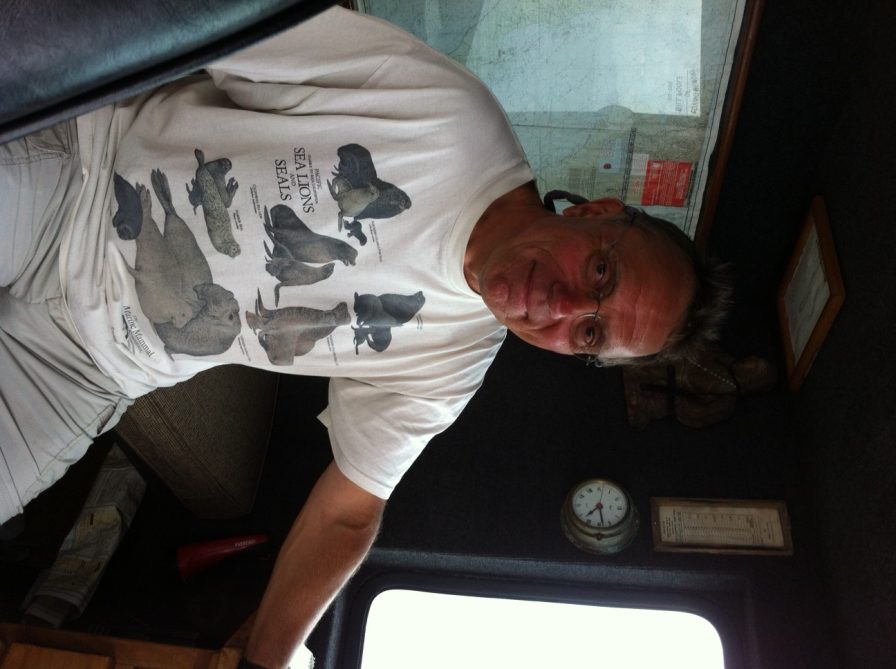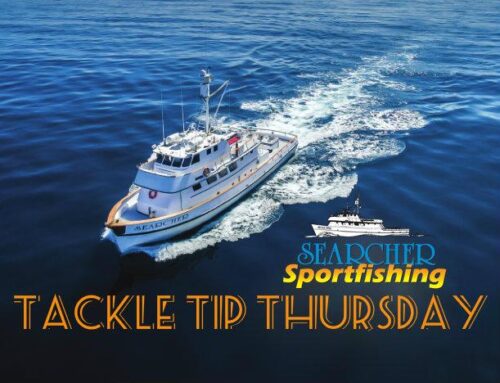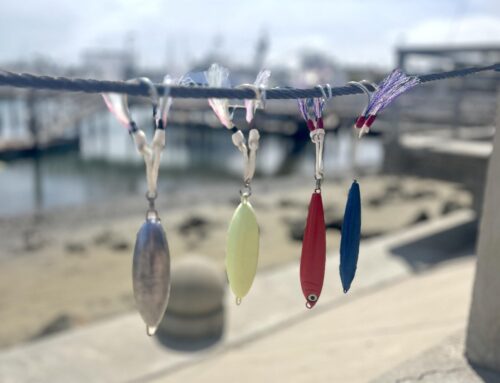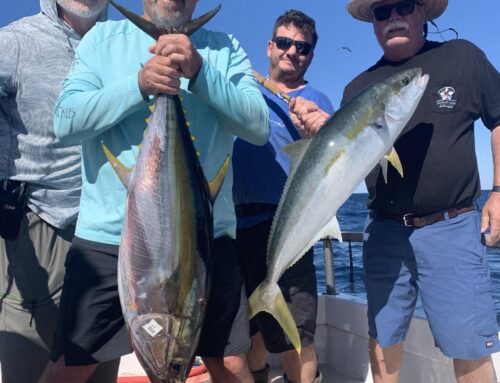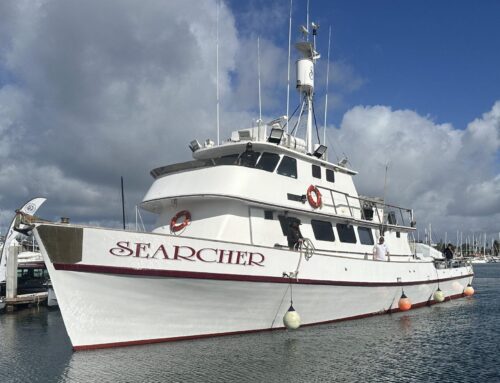One of our Team Searcher naturalists, Rob Nawojchik, has long been fascinated by tuna. We asked him to share why:
“Tuna, as fishermen and ichthyologists know, are the high-performance sports cars of the fish world. They possess many anatomical and physiological adaptations that allow them to swim fast (45-60 MPH) for long periods of time. In fact, tuna are the fastest fish in the ocean. Some of their adaptations can be seen externally: fusiform body shape, smooth skin made up of tiny cycloid scales, caudal fin with a high aspect ratio (functionally similar to airplane wings), body depressions for tucking in their pectoral fins, finlets on the dorsal and ventral peduncle to help maintain laminar flow, and many others. Physiologically, they have a muscle layer of slow-twitch muscles for cruising, a large deep core of fast-twitch muscles for fast swimming (good for catching prey and avoiding predators), counter-current heat exchangers for maintaining a high body temperature, and many other adaptations. Behaviorally, they use thunniform locomotion (in which the body is held rigid and only the peduncle and tail move) and ram ventilation. Associated with their locomotion is an interesting adaptation of the caudal spine. At the base of the tail, the spine has lateral projections (the “lateral keel”) that extend to the sides. The keel is quite obvious externally, but even more amazing when seen without the soft tissues.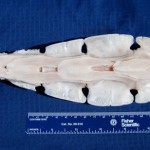
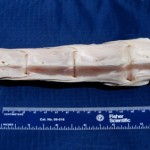
The keel has at least two functions: 1. like the finlets, it helps to maintain laminar flow in that region of the body; and 2. it provides a greater “angle of attack” for the ligaments that connect the huge muscle mass to the tail fin. This greater angle of attack facilitates the thunniform locomotion, the rapid tail beat, and the incredible speeds of tuna.
On my recent visit to San Diego, Sean Sebring at Fisherman’s Processing was very generous in giving me the tail section of a processed yellowfin tuna. I took the tail section with me on a 12-day Baja Whalewatching trip aboard Searcher recently and prepared the skeleton along the way. Thank you to Sean, Captain Art and the crew of Searcher for being patient with me. I think the final product was worth the effort! (See attached photos of his prepared skeleton.)”

